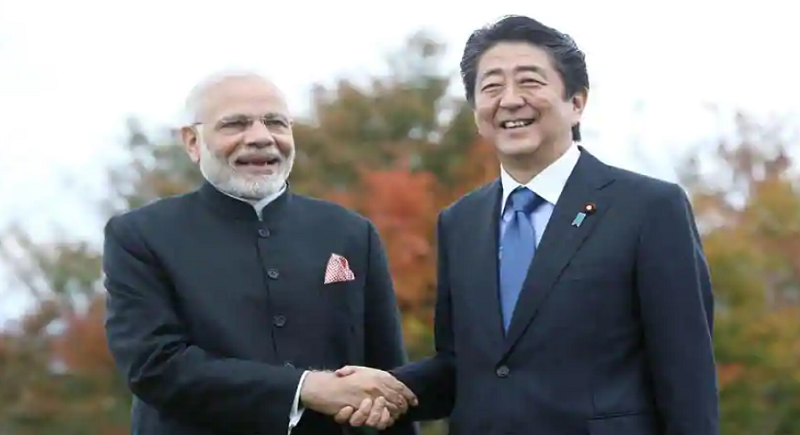Modi's move towards Japan to enhance RBI's ability to manage exchange rate volatility via Bilateral Swap Arrangements
Total Views |

New Delhi, January 11: The Union Cabinet chaired by PM Narendra Modi made a delighting move to approve the Agreement for Bilateral Swap Arrangement (BSA) between India and Japan. The Centre has however, authorised the Reserve Bank of India to sign the agreement for Bilateral Swap Arrangement between the RBI and the Bank of Japan for a maximum amount of USD 75 billion.
The swap arrangement is an agreement between India and Japan to essentially exchange and re-exchange a maximum amount of USD 75 Billion for domestic currency, for the purpose of maintaining an appropriate level of balance of payments for meeting short-term deficiency in foreign exchange.
“The BSA is a very good example of mutual cooperation between India and Japan for strategic objective of assisting each other in times of difficulty and for restoring international confidence.”, reported the official statement.
“This facility will enable the agreed amount of capital being available to India on tap for use. Also, with this arrangement in place, prospects of Indian companies would improve in tapping foreign capital as there would be greater confidence in stability of country’s exchange rate. Availability of such swap line to tide over difficulties arising out of Balance of Payment (BOP) would deter speculative attacks on the domestic currency and greatly enhance the RBI’s ability to manage exchange rate volatility.”, it added further.
The other day, Cabinet has also approved the MoU with Japan on Development of Advanced Model Single Window.
“This MoU would lead to enhanced mutual co-operation on the development of ‘Advanced Model Single Window’ and its operationalization in Central and State Governments in India for taking administrative procedures necessary for business operations resulting in developing a structure in which those procedures are completed in an expeditious manner, so as to accelerate India’s effort to promote Ease of Doing Business in India.”, cleared the Cabinet meanwhile.
The model is based on the best practices in and outside India, with measurable parameters and identify possible obstacles for establishment of the Single Window in India. It will thus, facilitate investments marking the arrangement as another milestone in mutual economic cooperation and special strategic and global partnership between the duo nations.